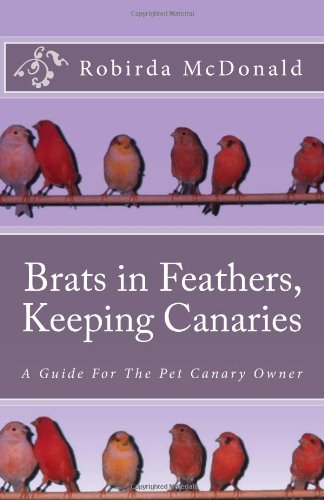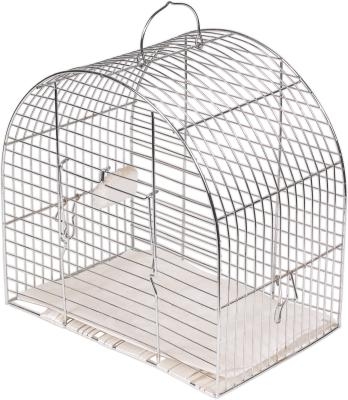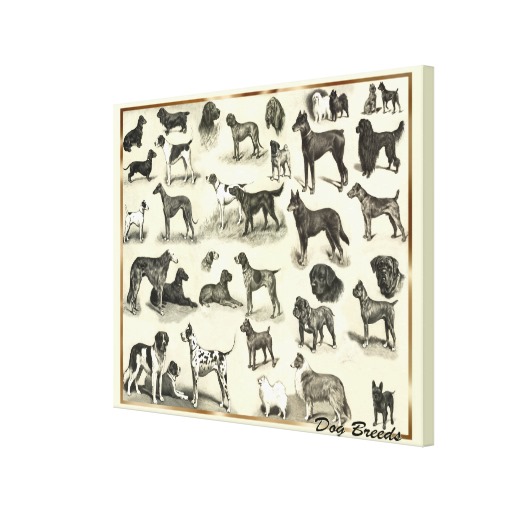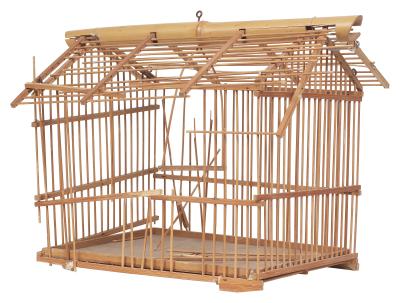Clean air and healthy birds go hand in hand. And using the right air purifier can insure that your bird is breathing the freshest air possible all the time. Here are 7 features that you should avoid when deciding on a cleaner.
By Products Other Than Fresh Air---Avoid any unit that produces any amount of ozone. The Environmental Protection Agency has declared any amount of this gas to be unsafe. And the level of ozone has to be so high to even be effective at removing airborne pollutants; it should get scratched from your list as a really bad idea.
The short version of ionization is that these units use an electrical charge on pollutants that it then attracts to a metal plate inside the unit. The problem is that often all of the particles are not trapped. Some remain airborne.
When inhaled, charged particles are more likely to stick to the lungs (of you and your bird). The very last thing you want is for your bird's air passages to become clogged with particles. Preventing this from happening is at the root of using an air purifier to begin with.
Limited Motor Function---Pass up those purifiers that can only operate for a certain number of hours a day. Your avian friend is constantly moving about and creating dust, shedding dander, and plucking feathers. Since pollutants go airborne 24 hours a day, you need a cleaner that can take them out 24 hours a day..
The type of motor that will allow your cleaner to filter the air 24 hours a day is called a split capacitor. It is designed for high revolutions per minute, and can run safely 24 hours a day whether you are there or not. This is important because it insures that the pollutants level will never be allowed to rise to a level that becomes unhealthy for your bird and you.
Power Hog---If you notice such a spike in your electrical bill after running your cleaner that all you can think of is how much it's costing, it's not the right cleaner. Instead, invest in an energy miser that runs for pennies a day. A good cleaner should use no more energy than a 60 watt light bulb does. And saving money is always a breath of fresh air, isn't it?.
One or No Filter Units---There is no way that either one or no filter can adequately clean up the air from your bird, and from the other more normal household pollutants that are found in the cleanest home.
Choose a cleaner that has multiple filters for particles, including a HEPA or high efficiency particle arresting filter, and several pre-filters. Having different size filters will lower maintenance cost because each size filter only targets specific particles, rather than having one filter trap attempt to trap all of them.
High Maintenance---Pass up units that require you to wash, charge, vacuum or spray the filter. This requires massive amounts of your time, and meanwhile your bird's air is not being filtered. Look for a cleaner that requires low to no maintenance like vacuuming the outside occasionally..
Plastic---An effective cleaner should have a motor that can run continually. When plastic heats up, it can off-gas fumes into the air; and that's bad news. A steel purifier will not off-gas because of the motor temperature..
One-Sided Intake---A cleaner that can only pull air from one side often dictates placement in the room. Birds don't like drafts so you need the most options possible for placement in your room. Choose a cleaner that has 360 degree intake so that you can put it wherever it needs to be to work best for your bird.

 A Guide to Song Group Canaries
The Three Canary Groups - Co
A Guide to Song Group Canaries
The Three Canary Groups - Co
 The Dominique Chicken
Poultry BreedsThe DominiqueT
The Dominique Chicken
Poultry BreedsThe DominiqueT
 DIY: Metal Bird Cage
DIY: Metal Bird Cage
DIY: Metal Bird C
DIY: Metal Bird Cage
DIY: Metal Bird Cage
DIY: Metal Bird C
 Pet Varieties That Dont Drop
Aside from serious behavioral problems, such as aggression,
Pet Varieties That Dont Drop
Aside from serious behavioral problems, such as aggression,
 Easy to Make Bird Trap for Small Birds
Easy to Make Bird Trap for Small Birds
Easy to Make Bird Trap for Small Birds
Easy to Make Bird Trap for Small Birds